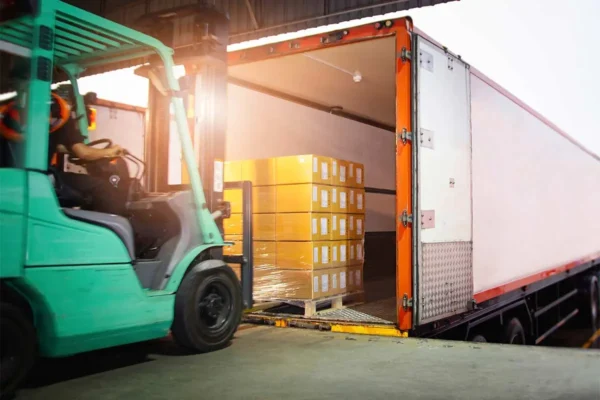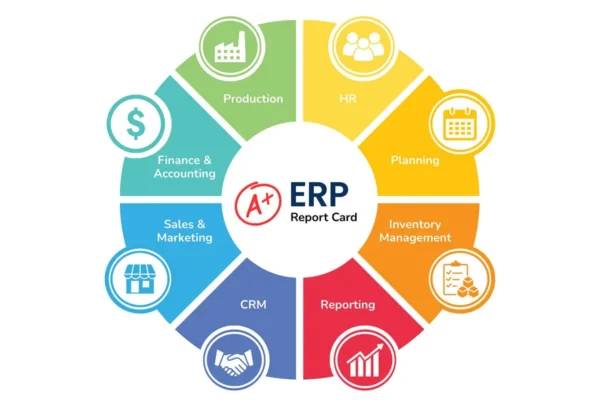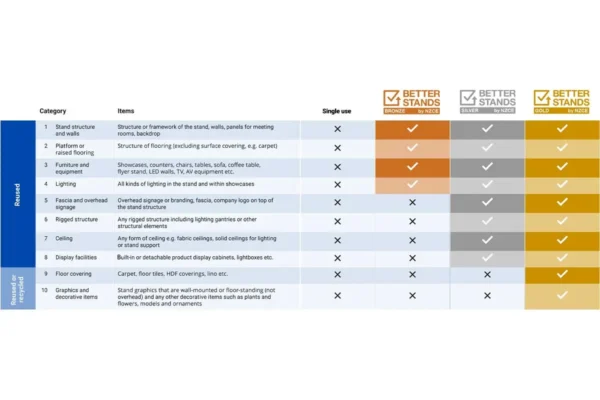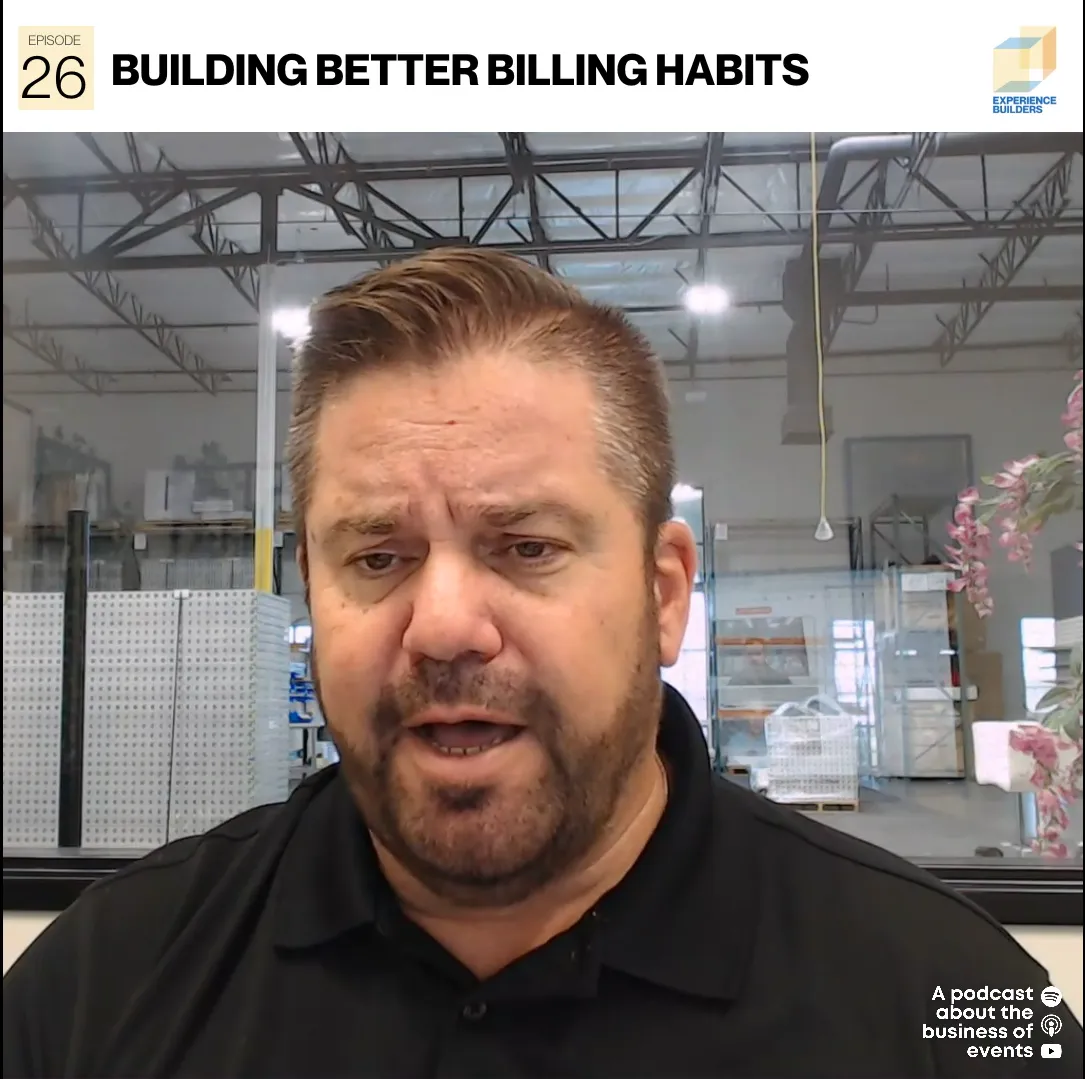by Anne Trompeter, Partner; Strategic Account Development, Live Marketing
Remember when CAD was revolutionary for designing booth layouts? When we first started using event apps and thought we’d reached peak tech?
Just like digital project management tools changed the game in the ’90s and virtual events became our pandemic lifeline, AI is shaking up our industry. And let’s be clear: AI isn’t about robots taking over our jobs. (Though if it could triage 4 AM email floods from panicked clients, that’d be great, right?)
AI offers a unique opportunity to create harmony between the artistic and logistical aspects of trade shows and events, boosting creativity and keeping our sanity intact through improved efficiency.
Creative Enhancement Through AI
As we consider AI in event creative processes, it’s natural to ask, “How can technology enhance creativity? Doesn’t the idea of technology and automation directly conflict with imagination and original ideas?”
Let’s flip the script and think of AI as a tool like Photoshop and 3D modeling software to elevate and amplify our creative potential – whether it’s generating mood boards or quick prototypes, or crafting suggestions for more personalized attendee experiences.
Here are a few ways to use AI to amp up creativity:
1. Visual concept generation
Quickly generating and iterating visual concepts typically takes time, especially during a project kick-off.
This is where using AI-powered tools like Midjourney and DALL-E can be a game-changer. For instance, input prompts like “futuristic VIP event with organic elements” or “retro carnival-themed teambuilding event,” to produce visualizations, designs, or event layouts in minutes instead of hours or days.
AI speeds up the initial ideation phase and facilitates “temperature checks” at a project start for quick pivots too, if needed.
2. Personalization at scale
AI also opens up new avenues for creating tailored, memorable moments for attendees.
For instance, AI algorithms can simplify the process of analyzing attendee data—such as past event participation, preferences, and even social media activity—to suggest personalized agendas, ideas for networking, or content recommendations.
Imagine using AI to generate personalized welcome screens for each event attendee, featuring visuals that resonate with their interests or hobbies. Or consider an AI-powered photo booth that doesn’t just take pictures, but generates custom artwork based on an attendee’s outfit, mood, or responses to survey questions.
3. Interactive event experiences
Machine learning algorithms also finally enable the kind of personalized interactive experiences that event designers have been longing for but haven’t been able to achieve cost-effectively or at scale yet.
For example, imagine a digital wall backdrop that changes colors or replaces images as attendees interact with it throughout an event.Or what about AI-powered event chatbots that don’t only provide customer service? Instead, they engage attendees in creative ways, such as generating personalized event swag like custom haikus about their experience.
These AI-driven scenarios show just a few ways event creativity can be upleveled to offer the unexpected “surprise and delight” moments we all strive to create.
Operational Efficiencies with AI
As the saying goes, “the devil is in the details,” – especially when it comes to the countless to-dos throughout an event program.
AI can help us go beyond traditional project management and tracking tools for greater operational efficiencies, such as:
1. Timelines and work back schedules
Creating, revising, and keeping event timelines up-to-date is usually never-ending. AI excels at keeping event logistics on track by generating detailed timelines and checklists based on specific event details.
Input critical parameters such as event type, exhibit set-in dates, and venue/location, and AI can instantly generate a detailed timeline including everything from vendor load-in times to speaker rehearsals.
AI-generated timelines can also shift in real-time as changes occur. For instance, if a shipment is delayed, AI can automatically adjust the project timeline and alert relevant team members, keeping everyone up to date.
2. Automating routine tasks
Instead of spending hours manually connecting with vendors and reviewing lengthy documents, with guidance on your requirements, AI can sift through and suggest vendor matches and compare contacts – freeing teams to focus on production plans and decisions that require human oversight.
AI can also eliminate the headache of creating staff on-site schedules, providing optimal suggestions for peak traffic times and breaks. Just like timelines, AI can automatically adjust schedules in real-time based on foot traffic data or staff unavailability due to last-minute conflicts.
AI is the next tool in a long history of creative and technological innovations that will enhance the event industry. However, the power isn’t just in the capabilities; it’s in the harmony we can create when we combine AI’s efficiency with human creativity and insight.
With 30+ years of experience in the event world, Anne infuses sound strategy, creative vision, and innovative solutions into every project. She’s deeply invested and believes event experiences truly matter. Anne’s expertise spans across various verticals, including technology, finance, education, and healthcare. She is dedicated to driving ingenuity, efficiency, and excellence to consistently deliver results-driven and award-winning work for clients and brands.
























